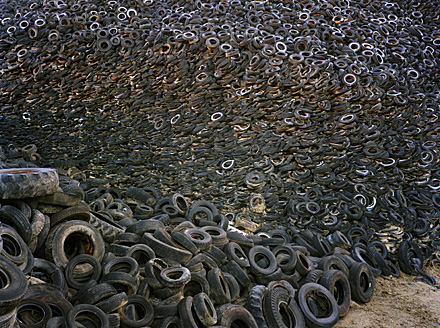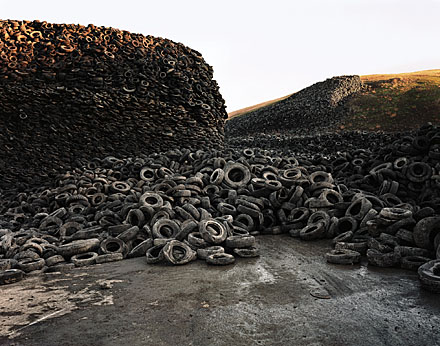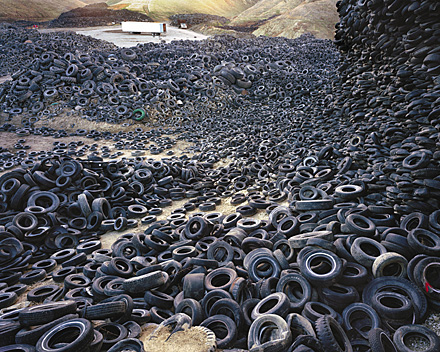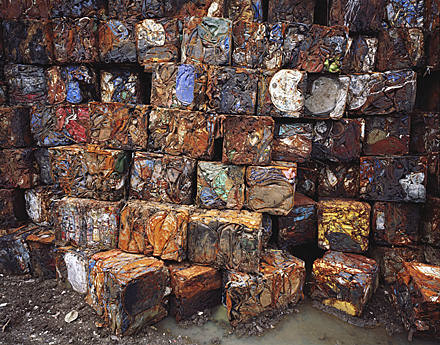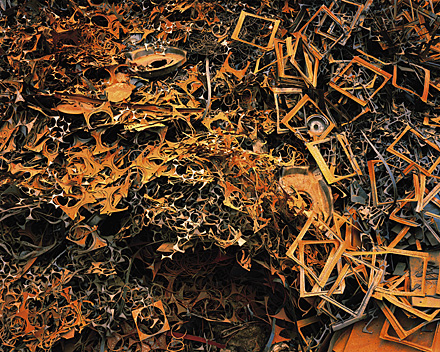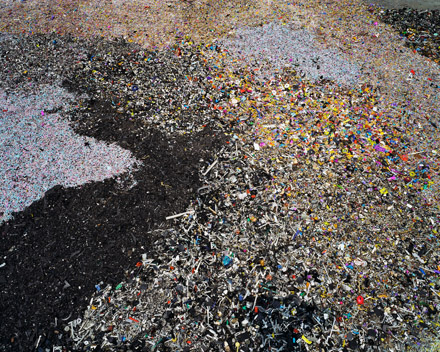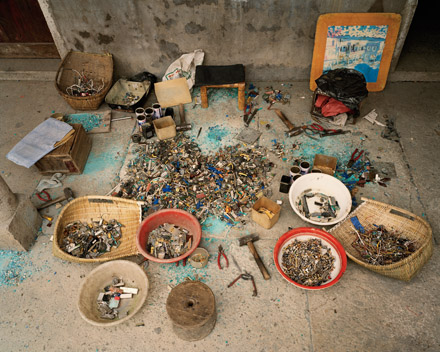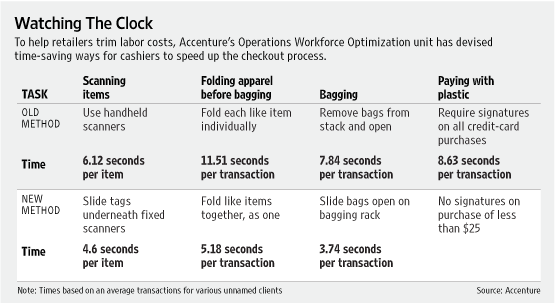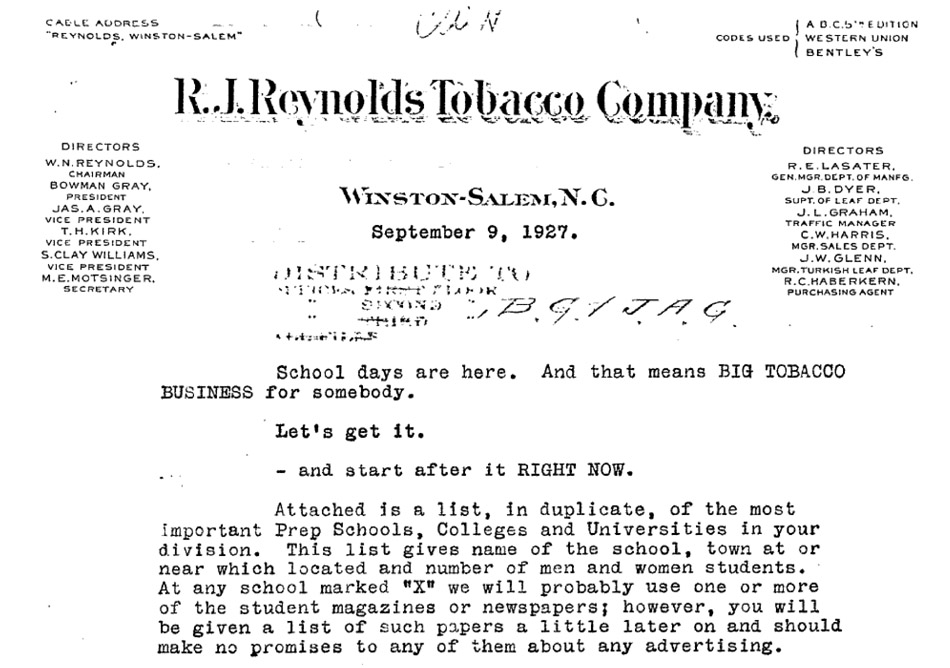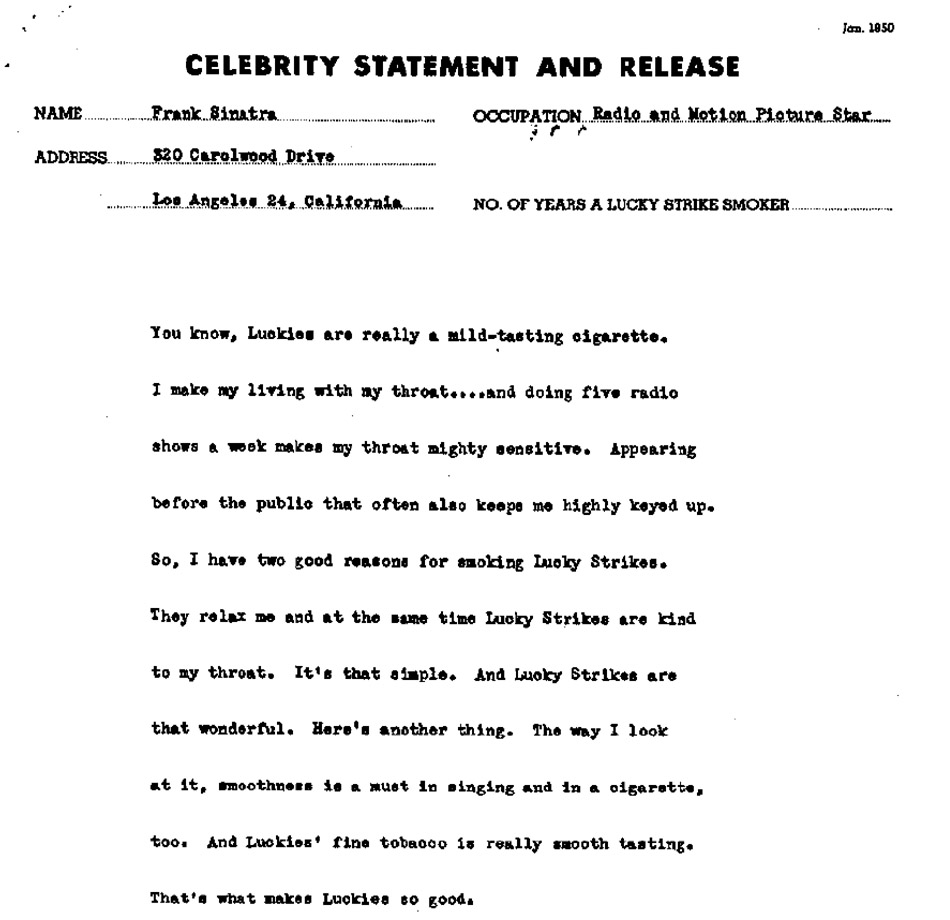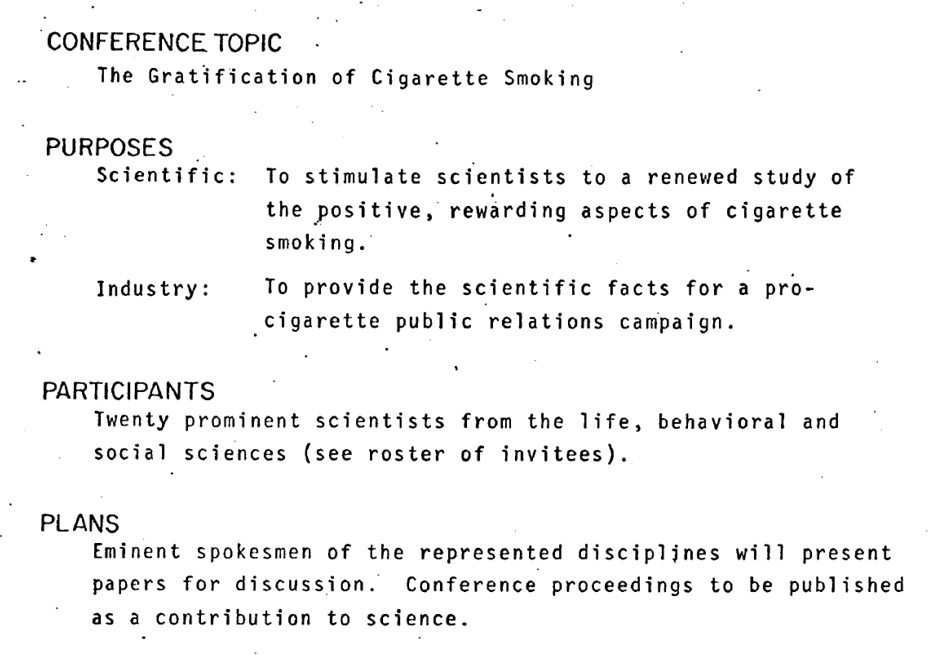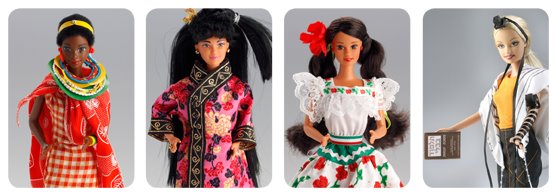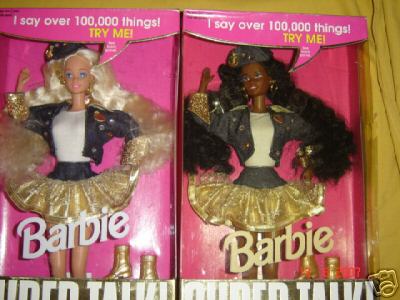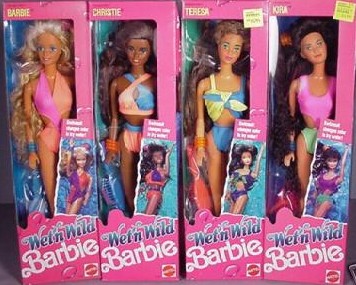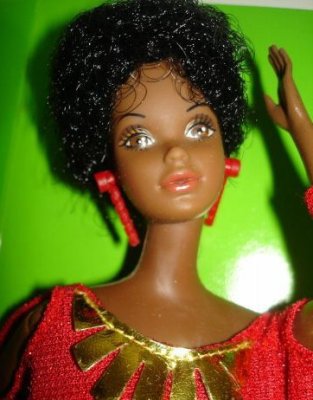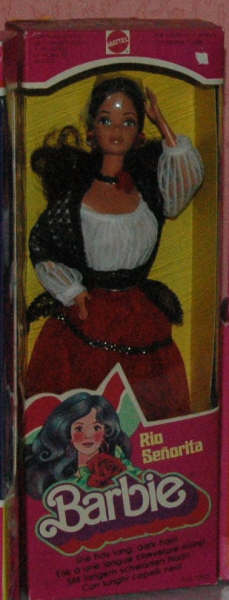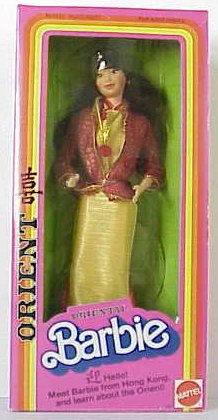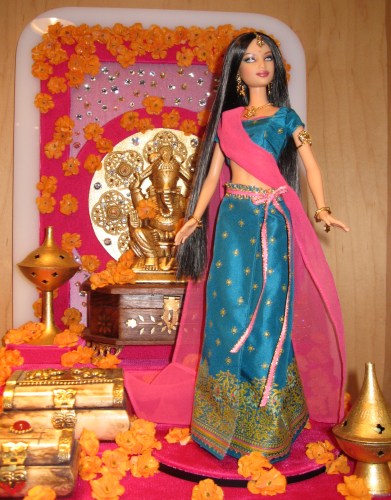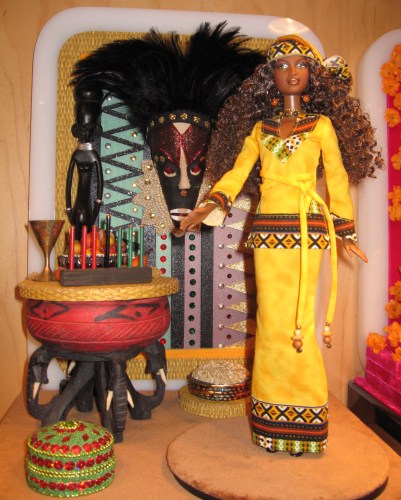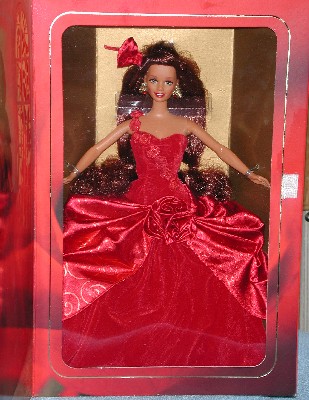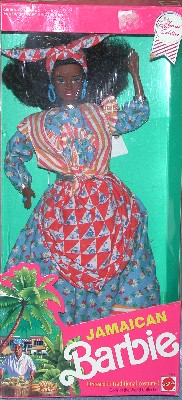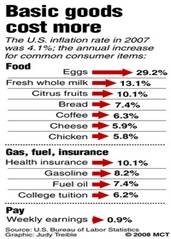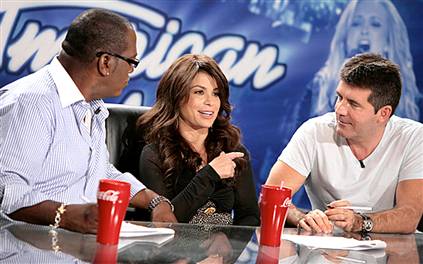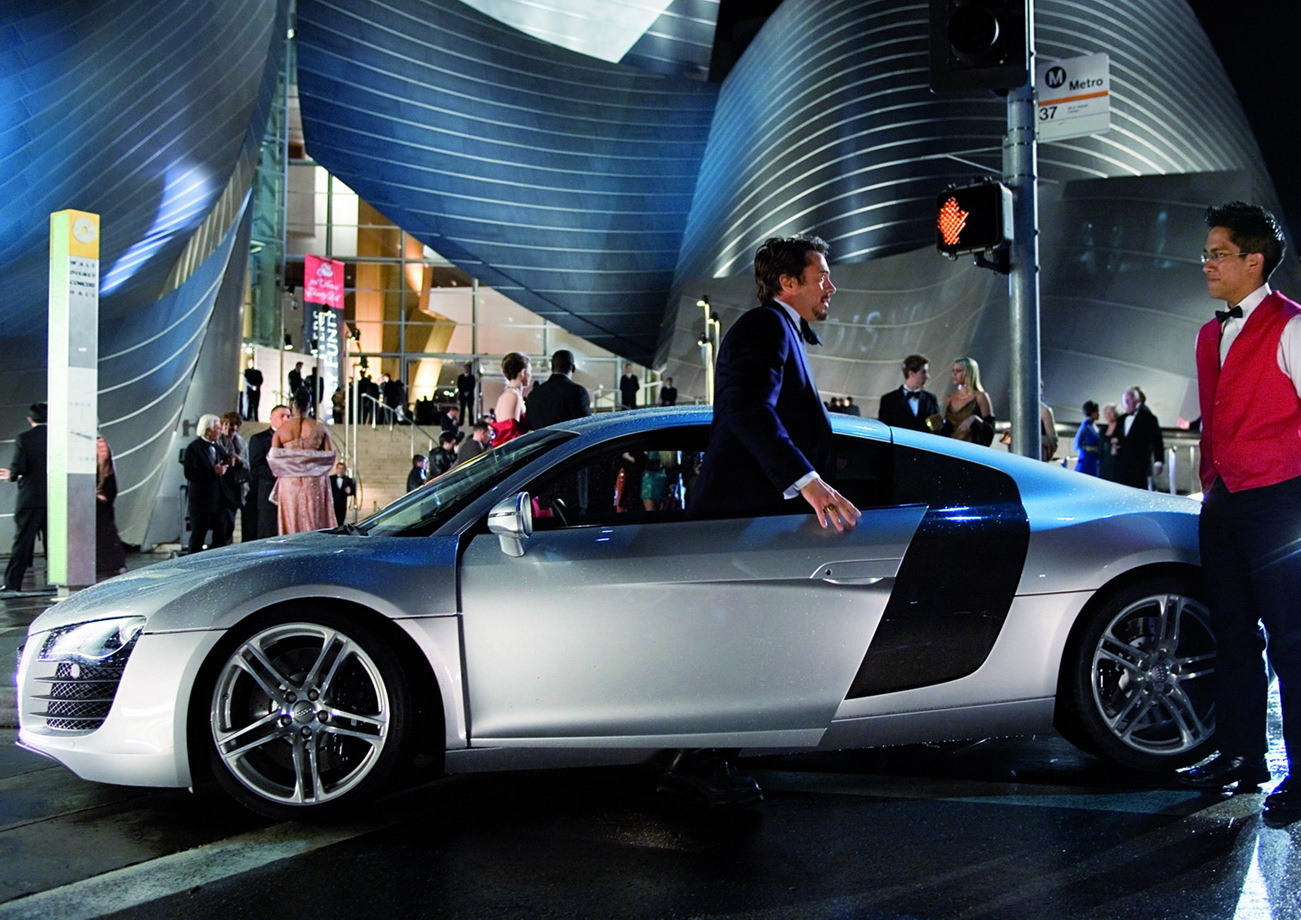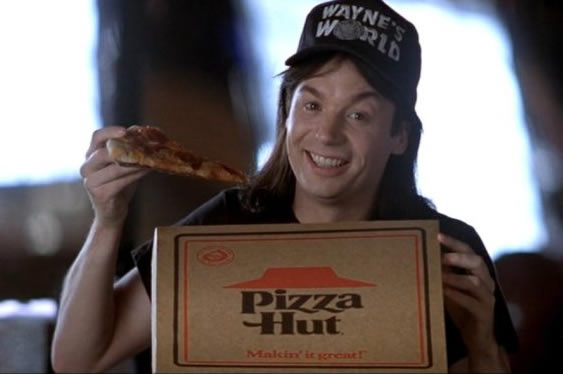Fabian D. S. sent us this screenshot from a men’s health email he gets:
Along the bottom it reads: “Get the sex you deserve.”
The phrase could be read: “Get the SEX you deserve.” That is, get sex. Or it could be read: “Get THE SEX you deserve.” That is, get awesome mindblowing sex. The context reveals that it’s the latter meaning and I’ve seen this sentiment (but not the former) in material aimed at women, too. I wonder when, in American history, we decided we were entitled to awesome sex. I can’t imagine that pioneer husbands and wives, after spending all day trying to not to die (whether it be that day or that winter), and laying lying on a straw mattress next to their six children in their freezing/sweaty one-room home, felt pouty if their sex wasn’t mindblowing. The entitlement to great sex, then, must have come later (at least to the regular folk). I would bet it had something to do with capitalism and the commodification of pleasure, generally, and sex, specifically. After all, how do you get the sex you deserve? Well, you buy the right products: whether that be, for example, diet- and exercise-related products, cosmetic surgery, or sex toys. Ariel Levy said it very well (watch the 2nd video down here especially starting at 1:22… but all the clips are great).


